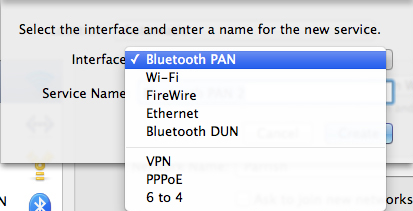
Once you have an OpenVPN VM provisioned in your Azure Subscription, you will need to setup OpenVPN on it. Once the validation has passed, go ahead and select the Create button to start the provisioning processes of creating the new OpenVPN Virtual Machine as you’ve configured.You can leave the other configuration tabs to their default values, unless you know what more advanced configurations you wish to set. Select the Review + create button to move forward with creating the VM.
Easyvpn network extension plus config example password#
For greater security, it is recommended that you use SSH public key, but for simpler setup you can alternatively choose Password and specify your own username and password to use. This is the credentials that the VM will be configured with for the Administrator account you will use to connect to the VM over SSH to configure it. Next, set the Administrator account credentials.To conserve cost, I recommend starting small here (especially if you’re setting this up for personal use), then you can always resize the VM to give it more compute resources later if necessary. Selecting this VM size should be sufficient for at least one or two clients connected to the VPN. The cheapest option is the Standard_B1s size with 1 vcpu and 1GiB memory. This sets the pricing tier and will determine how much your OpenVPN server will cost to run. Depending on your intended use for the VPN, you may want to use an Azure Region near you, or one located in a different country or part of the world. This will specify the Azure Region where the VM will be running, and thus what part of the world it will get its Internet access from. Next, choose the geographic location you wish to host the VPN server within by setting the Region field.On the Create a virtual machine step, start by specifying the Resource group and Virtual machine name for this VM on the Basics step.Then select the Continue to create VM button. You will configure the actual Virtual Machine size / pricing tier in a future step so don’t worry about that right now. If you are looking to just setup a simple VPN server for Personal or Dev/Test use then select the Dev/Test workload environment option and the General purpose workload type for now.


Provisioning a VM using this image will automatically have OpenVPN installed, and all you need to do is configure it for your needs.

Setting up an OpenVPN server in Microsoft Azure is made easier with the help of the OpenVPN Access Server image made available in the Azure Marketplace by OpenVPN Inc.


 0 kommentar(er)
0 kommentar(er)
